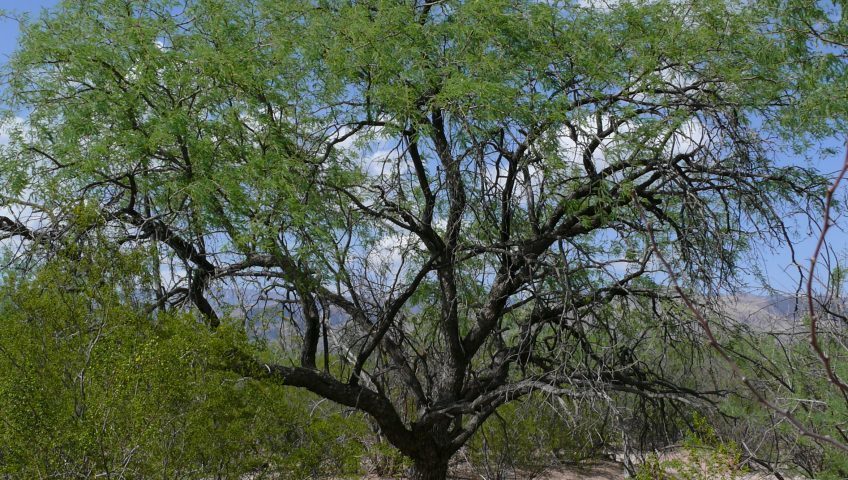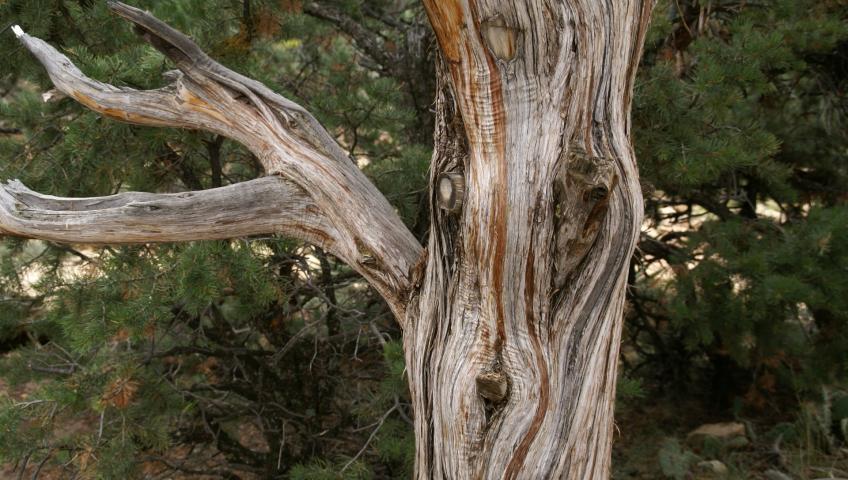


In Arizona, the cost of trimming a mesquite tree in 2025 varies based on factors like tree size, condition, and location. Here's a breakdown to guide your budgeting:
💰 Estimated Mesquite Tree Trimming Costs in Arizona (2025)
-
Small Trees (under 15 feet): $100 – $240
-
Medium Trees (15–25 feet): $275 – $475
-
Large Trees (25+ feet): $600 – $800
These estimates can vary depending on the specific region in Arizona and the complexity of the trimming required.
🛠️ Factors Influencing Trimming Costs
-
Tree Size & Height: Larger trees require more labor and equipment.
-
Tree Condition: Overgrown or diseased trees may need more extensive work.
-
Accessibility: Trees near structures or power lines can increase costs due to the need for specialized equipment or safety measures.
-
Service Provider Rates: Prices can vary between companies and regions within Arizona.
📍 Regional Cost Variations
-
Phoenix Area: Average costs range from $386 to $574 per tree, depending on size and complexity.
-
Scottsdale: Small tree trimming costs around $100–$240.
-
Tucson: Costs are comparable to other regions, but it's advisable to get local estimates for accuracy.
📅 Optimal Trimming Time
The best time to trim mesquite trees is in late winter or early spring, before new growth begins. This timing helps maintain tree health and reduces stress.
Tips for Hiring a Tree Trimming Service
Here are some key tips for hiring a reliable and qualified tree trimming service:
✅ 1. Verify Licensing and Insurance
-
Make sure the company is licensed to operate in your state.
-
Ask for proof of liability insurance and workers’ compensation—this protects you if damage or injury occurs on your property.
✅ 2. Check Credentials and Experience
-
Look for companies with certified arborists (ISA-certified preferred).
-
Ask how long they've been in business and if they have experience specifically with mesquite or desert trees.
✅ 3. Ask for References or Reviews
-
Check platforms like Google, Yelp, or Better Business Bureau.
-
Request references from previous customers, especially for similar jobs.
✅ 4. Get Multiple Quotes
-
Obtain at least 2–3 estimates to compare prices and services offered.
-
Be wary of unusually low quotes—they may cut corners or lack proper coverage.
✅ 5. Clarify Services Included
-
Make sure the quote includes:
-
Debris removal
-
Hauling or chipping
-
Disposal fees
-
-
Ask if there's an extra charge for emergency work or difficult access.
✅ 6. Avoid Topping or Over-Pruning
-
A reputable arborist will avoid harmful practices like "topping," which can damage or kill the tree.
-
Ask about their pruning methods to ensure they follow proper tree health standards.
✅ 7. Get It in Writing
-
Always get a written estimate or contract that includes:
-
Scope of work
-
Estimated timeline
-
Total cost
-
Cleanup details
-
Any warranties or guarantees
-
✅ 8. Ask About Equipment and Safety Practices
-
Ensure they use well-maintained equipment and follow OSHA safety standards.
-
For large or risky jobs, confirm that crew members use harnesses, helmets, and safety lines.
